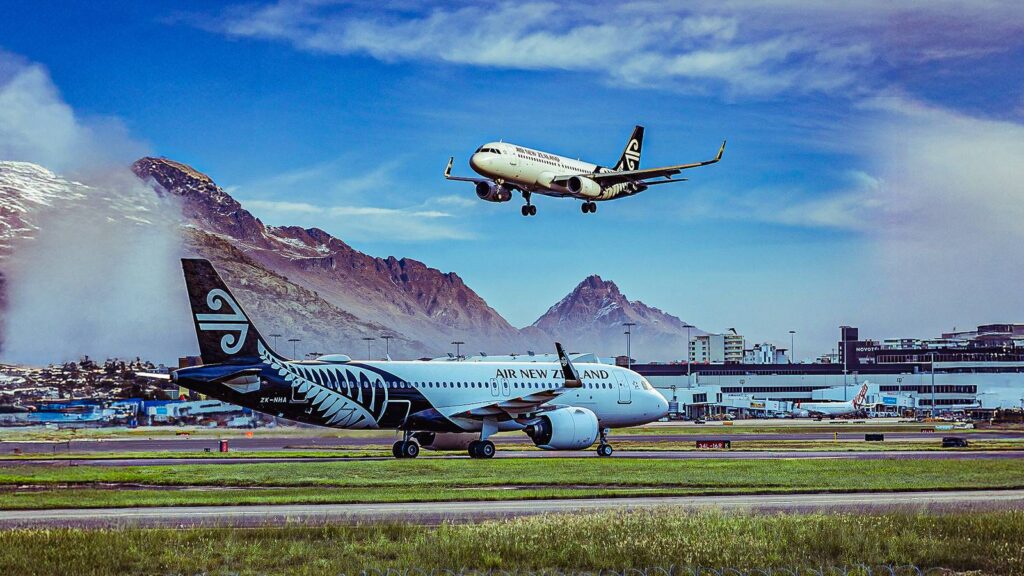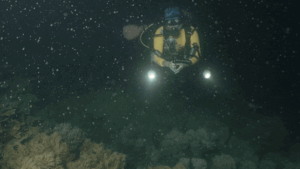
A scheduled Air New Zealand flight between Christchurch and Sydney was forced to make an emergency landing on Friday, October 24, after experiencing a hydraulic failure mid-flight. The incident occurred as the Airbus A320neo aircraft, operating as flight NZ211, was halfway across the Tasman Sea.
Emergency services at Sydney Kingsford Smith Airport (SYD), Australia’s busiest airport, were on standby and met the aircraft upon its arrival. The Airbus A320neo landed safely and was immediately attended to by emergency crews and an engineering team. A thorough inspection is currently underway to ensure the aircraft’s safety before it returns to scheduled service.
Hydraulic Failure Over The Tasman Sea
The flight departed from Christchurch Airport (CHC) on October 24, with a scheduled departure time of 06:35, though it was delayed until 06:56. The early morning flight to Sydney typically has a block time of three hours and 35 minutes, with an expected arrival at 08:15. However, the pilots identified a hydraulic failure while the aircraft was partially across the Tasman Sea.
Due to the lack of major diversion airports or land masses between Australia and New Zealand, the aircraft needed to make an emergency landing at Sydney, touching down at SYD by 08:17. Emergency crews, with lights and sirens, greeted the airplane on the ground. A passenger described the experience as surreal, noting that everyone on board remained calm. The aircraft stayed stationary on the apron for up to two hours for assessment by engineers before being towed to the gate.
“Emergency services met the aircraft on arrival as a precaution. The aircraft landed safely, and our engineering team will now carry out inspections to ensure the aircraft is safe to return to service.” — Nathan McGray, Air New Zealand Chief Safety and Risk Officer
Notified Mid-Flight
The Airbus A320neo (registration ZK-NHC, serial number 08833) involved in the incident can seat up to 165 passengers in a single-class configuration. Passengers on board NZ211 were informed of the technical issue mid-flight and briefed on emergency procedures. As of now, the aircraft remains on the apron at Sydney and has yet to resume scheduled service.
The corresponding service between Sydney and Queenstown (NZ232) was cancelled, and affected passengers were rebooked onto alternative indirect services via other key Air New Zealand hubs such as Auckland Airport and Wellington Airport. Data from ch-aviation identifies ZK-NHC as a six-year-old Airbus narrow-body aircraft, delivered to Air New Zealand in March 2019. It is configured for short-haul international operations, with all seats featuring seat-back entertainment screens.
Air New Zealand’s New Leadership
This incident comes as Air New Zealand welcomes its new Chief Executive Officer, Nikhil Ravishankar, who previously served as the airline’s Chief Digital Officer. Since joining the carrier in 2021, Ravishankar has been instrumental in advancing the airline’s digital interfaces.
In his first month as CEO, Ravishankar suggested to Radio New Zealand that the airline might need to consider situational subsidies to maintain its full network of domestic routes. Earlier this year, Air New Zealand canceled its Wellington to Invercargill route due to economic challenges. Ravishankar highlighted the ongoing costs of jet fuel, wages, and other expenses as factors contributing to increased airfares for New Zealanders.
To address these challenges, the airline is exploring options such as variable redemption, where discounted flights would exclude airpoints earning, and boosting domestic flights during midday. Air New Zealand, 51% owned by the New Zealand Government, is projected to post a first-half loss of up to $31 million (NZ$55 million), weaker than estimated due to lower passenger numbers and higher operational costs.
As the investigation into the hydraulic failure continues, Air New Zealand remains committed to ensuring the safety and reliability of its fleet while navigating the complex economic landscape of the aviation industry.







